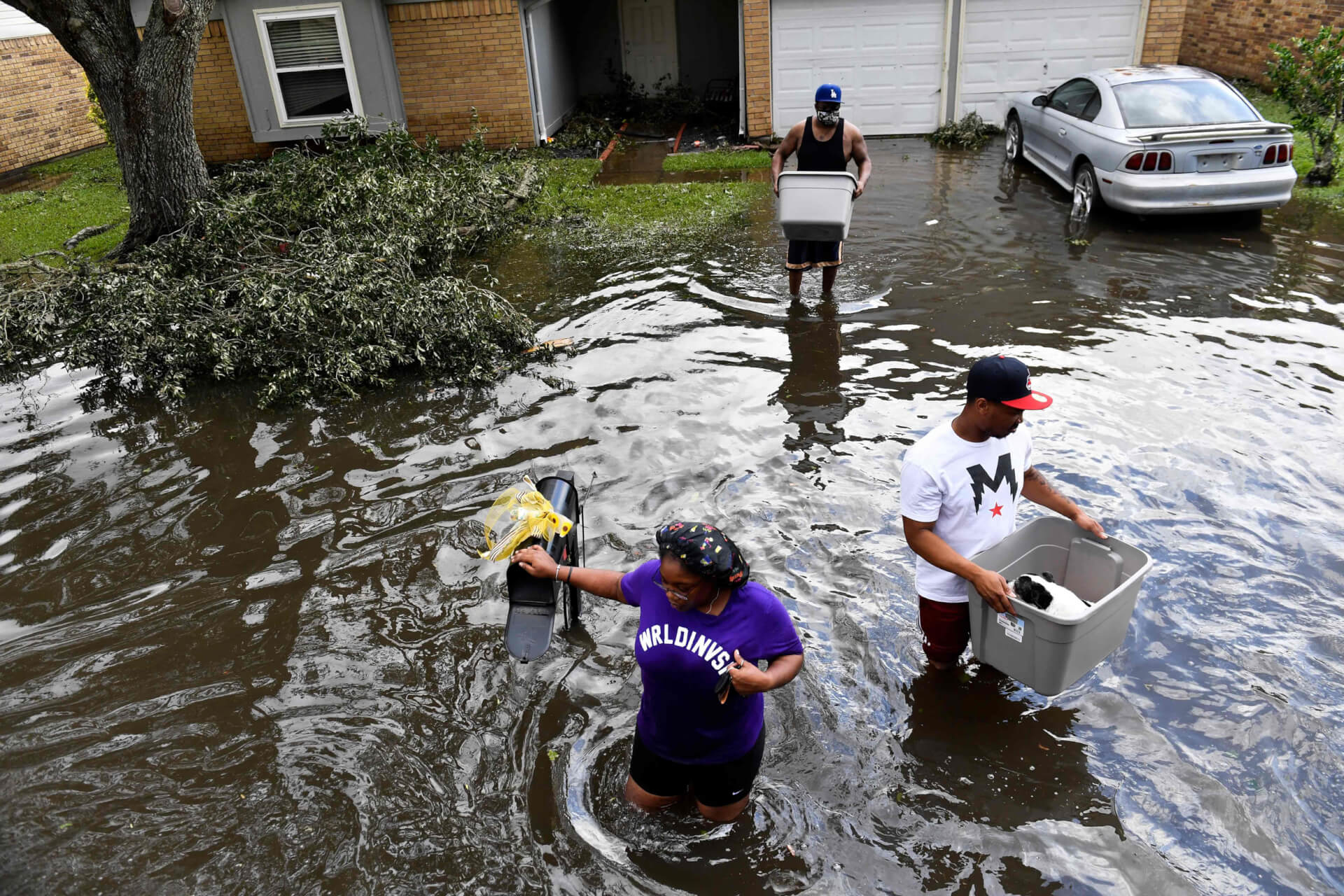The death toll from Hurricane Ida, the most powerful storm the United States (US) has witnessed since Hurricane Katrina in 2005, rose to 50 on Sunday. Ida has ravaged various states, severely affecting Louisiana and New Orleans with heavy rainfall, flooding, and power outages. The storm has also penetrated Mississippi, New Jersey, New York, Connecticut, and Pennsylvania.
According to the state Public Service Commission, more than 600,000 civilians in Louisiana remained without power on Sunday. Officials stated that electricity might not be restored to some areas for a month, which could prove to be life-threatening as intense heat engulfs the US.
Furthermore, 13 deaths were confirmed in Louisiana by the state’s Governor, Bel Edwards. “Louisiana faces a long road to recovery ahead, and we appreciate the aid and support of our federal partners,” he said.
Ida made landfall in Louisiana on August 29, the 16th anniversary of Hurricane Katrina. The National Hurricane Centre (NHC) deemed it a Category 4 hurricane, with winds up to 150 miles per hour (240 kph).
On August 28, US President Joe Biden held discussions with the NHC and the Federal Emergency Management Agency (FEMA) regarding the preparations and deliberated measures to tackle the storm. Biden also authorised the Louisiana Emergency Disaster Declaration on the same day. “Ida will likely be very strong and destructive, with dangerous, life-threatening storm surge and significant rainfall that would impact both coastal and inland areas,” Biden told the NHC and FEMA.
A day after its landfall, on August 30, the NHC minimised Ida into a tropical storm that crashed near Mississippi, leading to heavy rainfall and flooding. However, Ida’s impacts rapidly intensified in the upcoming days, leading to a hike in the death toll, halting public transportation, sustained power blackouts, and leaving civilians trapped in floods and caught in debris in the affected areas.
“Ida’s record-breaking rainfall of 3.1 inches per hour on Wednesday in New York City’s Central Park sent walls of water cascading through businesses, public transportation systems and 1,200 homes. It caused more than $50 million in damage,” New York Governor Kathy Hochul said. “The human toll was tremendous,” she added following her inspection of New York’s damage.
New York recorded 17 deaths, four in Westchester County and the remainder in New York City, where it has been reported that “nearly all the victims were trapped in illegal basement apartments that are among the last remaining affordable options for low-income residents in the area.”
Following this, Biden announced the New York Emergency Disaster Declaration last Thursday. It “authorised the Department of Homeland Security and FEMA to coordinate all disaster relief efforts which have the purpose of alleviating the hardship and suffering caused by the emergency on the local population, and of providing appropriate assistance for required emergency measures.”
“In New Jersey, there were 27 confirmed storm deaths and four people still missing,” a spokesperson for New Jersey Governor Phil Murphy said.
Among the four missing in New Jersey, two were young Indian students: Nidhi Rana, 18, and Ayush Rana, 21. According to a Reuters report, they were last seen near Passaic and were swept away by Ida’s catastrophe in the Passaic River. Authorities in New Jersey are searching for the two students using boats and drones in the Passaic River. “We are currently operating with two boats on the water and three drones operating from state police,” Passaic Fire Chief Pat Trentacost said.
Consequently, the President announced the New Jersey Emergency Disaster Declaration on Sunday. The decision made federal funding available for the affected individuals within New Jersey. It also “grants for temporary housing and home repairs, low-cost loans to cover uninsured property losses, and other programs to help individuals and business owners recover from the effects of the disaster.”
More deaths were reported on Sunday, with one fatality in Connecticut, four in Pennsylvania, and one in Maryland.
Meanwhile, a gigantic oil spill was discovered near the oil hub of Port Fourchon, Louisiana on Friday. The US Coast Guard in the Gulf of Mexico stated that clean-up crews were committed to managing the spill while divers attempted to locate the spill’s originating point. Satellite images of the area revealed “three different slicks in the same area, the largest drifting more than a dozen miles eastward along the Gulf coast.” On Sunday, the team of divers identified the apparent source as a one-foot diameter pipeline displaced from a trench on the ocean floor that has broken open after the hurricane.
Biden has confirmed the US’ continued efforts to mitigate Ida’s disastrous effects and assured citizens that his administration prioritises relief work at present.
Hurricane Ida Death Toll Rises To 50, 600,000 Remain Without Power
Hurricane Ida has ravaged many states across the United States since it made landfall in Louisiana on August 29. The death toll rose to 50 on Sunday, as 600,000 faced complete power blackout.
September 6, 2021

Civilians of Louisiana struggle as Hurricane Ida spawns massive flooding and destruction. SOURCE: NBCNEWS
